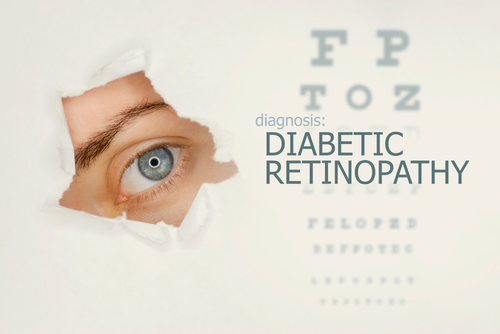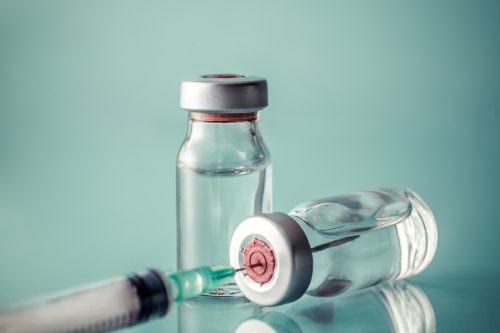
JAMA Network Open published a cohort study that investigated whether sodium-glucose cotransporter 2 (SGLT2) inhibitors could protect against the risk of sight-threatening diabetic retinopathy in patients with type 2 diabetes (T2D).
Investigators in Taiwan utilized a new-user and active-comparator design to compare the risk of retinopathy associated with SGLT2 inhibitors with other second-line glucose-lowering medications, including pioglitazone, sulfonylureas, and dipeptidyl peptidase-4 (DPP-4) inhibitors.
Demographic and clinical data were obtained from the National Health Insurance Research Database. Adult patients diagnosed with T2D from January 1, 2009, to December 31, 2019, were recruited and followed-up until December 31, 2020. Sight-threatening retinopathy in study participants, the main outcome, was assessed using Cox proportional hazards regression models to determine the adjusted hazard ratios (aHRs) between the matched case and control groups.
A total of 3,544,383 patients with newly diagnosed T2D were identified. Following 1:1 propensity score matching, 65,930 pairs of patients were identified for comparison between those treated with SGLT2 inhibitors and those treated with DPP-4 inhibitors, 93,760 pairs for comparison between SGLT2 inhibitors and pioglitazone, and 42,121 pairs for comparison between SGLT2 inhibitors and sulfonylurea.
According to the investigators, “This nationwide, population-based, cohort study found that SGLT2 [inhibitors were] associated with a significantly lower risk of sight-threatening retinopathy than DPP-4 [inhibitors], pioglitazone, and sulfonylureas in patients with T2D.” They went on to remark that “the potential protective role of SGLT2 [inhibitors] in sight-threatening retinopathy was observed in different subgroups of patients.”
SGLT2 inhibitors demonstrated a significantly lower risk of sight-threatening retinopathy compared with DPP-4 inhibitors (aHR, 0.57; 95% CI, 0.51-0.63), pioglitazone (aHR, 0.75; 95% CI, 0.69-0.81), and sulfonylureas (aHR, 0.62; 95% CI, 0.53-0.71).
Additionally, Kaplan-Meier curves revealed a significantly lower cumulative incidence of sight-threatening retinopathy with SGLT2 inhibitors compared with DPP-4 inhibitors (3.52 vs 6.13; P<.001), pioglitazone (4.32 vs 5.76; P<.001), and sulfonylureas (2.94 vs 4.67; P<.001).
Further research and validation studies will be essential to confirm these findings and explore potential mechanisms through which SGLT2 inhibitors may exert protective effects on retinal health.







 © 2025 Mashup Media, LLC, a Formedics Property. All Rights Reserved.
© 2025 Mashup Media, LLC, a Formedics Property. All Rights Reserved.